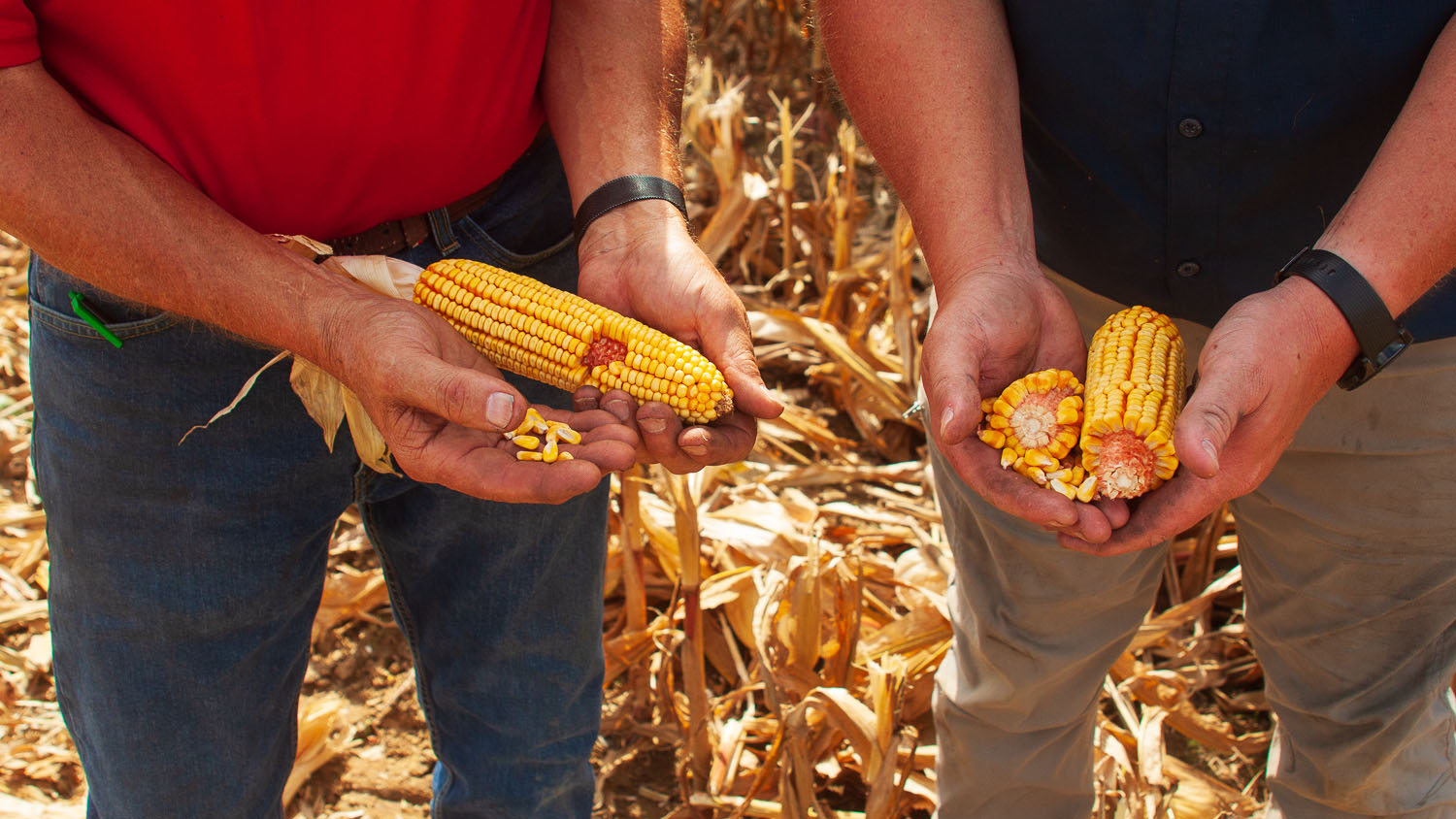
Analyzing the Impact of Weather Patterns on Commodity Prices: A Focus on Rainfall Trends
As weather patterns continue to evolve due to various climatic changes, the agricultural commodities market finds itself at the mercy of these elements. Specifically, recent rainfall trends have begun to influence key commodities, most notably corn and soybeans, creating a ripple effect that could reshape pricing strategies for investors and producers alike.

Introduction
The agricultural commodities market is highly sensitive to weather conditions, with rainfall patterns playing a crucial role in determining crop yields and, consequently, prices. As of June 3, 2025, forecasts predict substantial rainfall across the Midwest, a region central to corn and soybean production. This weather pattern arrives during critical growth stages, particularly impacting the pollination period for corn, which is vital for yield potential.
Current Weather Trends
According to meteorological reports, significant rainfall is anticipated across major growing regions, particularly in states like Iowa and Illinois, which are pivotal for corn and soybean cultivation. The National Oceanic and Atmospheric Administration (NOAA) indicates that these regions could see over 4 inches of rain in the coming week, a factor that could dramatically alter the landscape of agricultural commodity pricing.
The timing is crucial; corn is currently in its critical pollination phase, and soybeans are entering their flowering stage. Adequate moisture is essential for optimal crop performance, but excessive rainfall raises concerns about potential flooding, disease, and other adverse conditions that can undermine yield quality.

Impact on Commodity Prices
Corn Prices
As of June 3, 2025, corn prices have been fluctuating around $5.50 per bushel. The anticipated rainfall could lead to improved yields, potentially stabilizing or even lowering prices in the coming weeks. Experts believe if the rainfall meets or exceeds expectations, a bearish trend could emerge in the corn market. According to the U.S. Department of Agriculture (USDA), corn production is projected to increase by 10% this year if favorable weather conditions persist.
Conversely, if the rainfall is excessive, it could lead to soil saturation and increased disease pressure, which might drive up prices as supply becomes constrained. Market analysts are carefully watching these developments, as any deviations from expected weather patterns could lead to significant price volatility.
Soybean Prices
Soybean prices are currently hovering at $13.50 per bushel. While increased moisture levels can enhance growth and improve yields, excessive rain might lead to flooding and crop diseases such as Phytophthora, which could adversely affect yields. The USDA also projects a 7% increase in soybean production this year, contingent upon favorable weather conditions.
Market sentiment surrounding soybeans reflects a cautious optimism, but many traders are adjusting their strategies based on the evolving weather forecasts. In light of recent trends, analysts anticipate that soybean prices may show resilience unless adverse weather conditions occur.
Market Sentiment
Market participants are closely monitoring weather forecasts and adjusting their trading strategies accordingly. The Commodity Futures Trading Commission (CFTC) reported an increase in speculative positions in both corn and soybeans, indicating that traders are positioning themselves for potential price movements linked to weather developments.
"Weather is a critical driver of agricultural markets. Any indication of excessive precipitation can shift sentiment rapidly," said John Baranick, a meteorologist for DTN. "Traders should remain fluid in their strategies, as the next week could bring significant changes based on the rainfall amounts."
Conclusion
Investors in agricultural commodities should remain vigilant about weather forecasts and consider the potential impacts on crop yields and prices. Understanding these dynamics is essential for making informed trading decisions in the volatile commodities market. The interplay between rainfall trends and commodity prices is a reminder of the agricultural sector's dependence on environmental factors, and how quickly market sentiments can shift in response to weather changes.
As we look ahead, it is crucial for stakeholders to keep an eye on the evolving forecasts and their implications for the agricultural landscape. The potential for increased yields driven by favorable weather could provide opportunities for market stabilization, while the threat of adverse conditions serves as a stark reminder of the volatility inherent in agricultural commodities.
For more insights on current weather impacts on commodity prices, feel free to consult the detailed reports from DTN.
